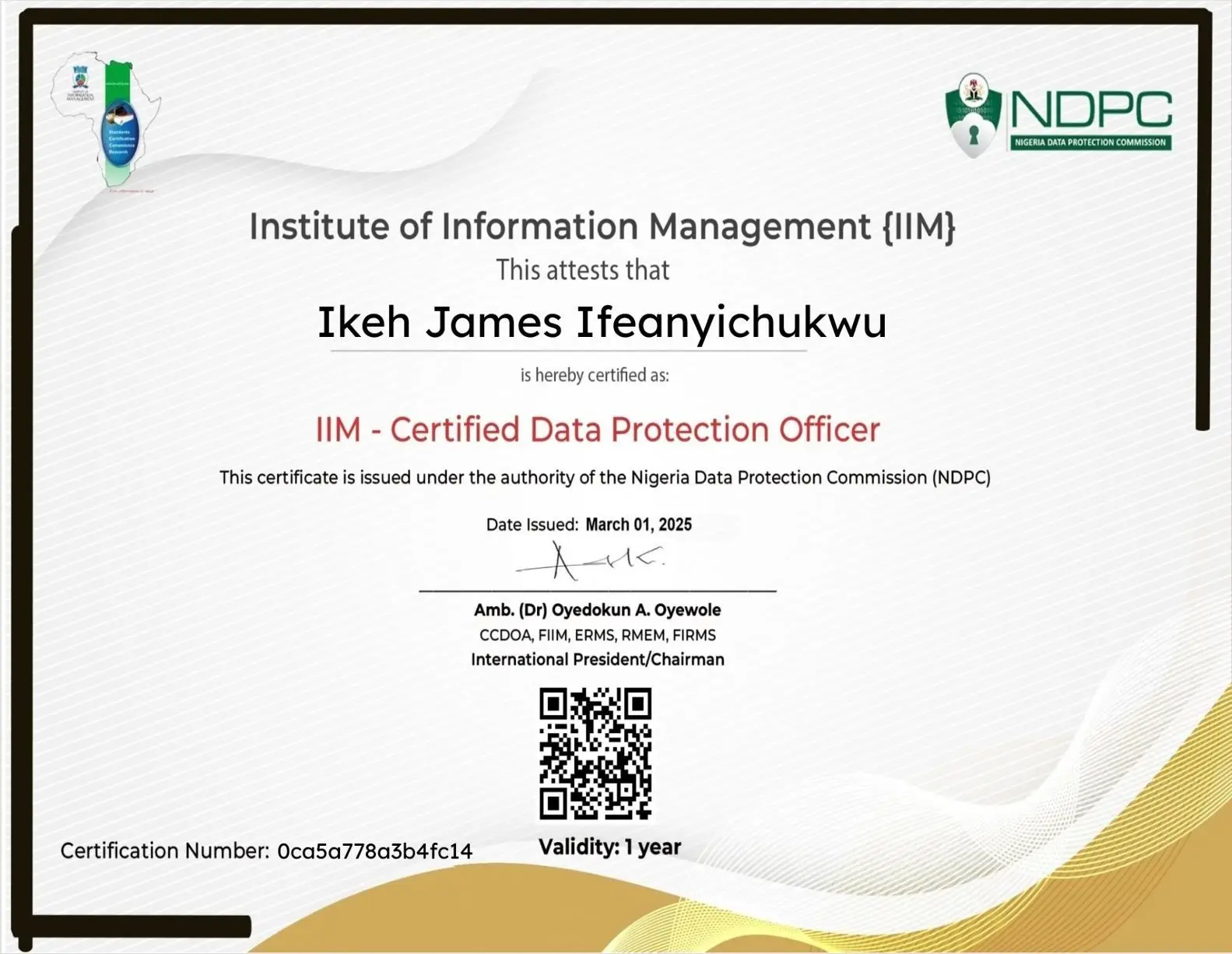How to Speed Up Your Old Laptop: 10 Expert Fixes That Actually Work
Share

Is your laptop taking forever to boot up, load apps, or open browser tabs? Don’t rush to buy a new one just yet.
Even an old laptop can perform like new with the right maintenance and optimizations. In this guide, you’ll learn how to speed up your old laptop with 10 proven, tech-expert–approved methods — no expensive upgrades required (in most cases).
1. Disable Startup Programs
One of the most common reasons laptops slow down is too many startup apps.
When your laptop boots, dozens of unnecessary apps might launch automatically, consuming memory and CPU power.
How to fix it:
- Windows: Press
Ctrl + Shift + Esc→ Go to Startup tab → Disable non-essential programs. - Mac: Go to System Settings → General → Login Items → Remove unneeded apps.
Pro Tip: Only keep antivirus, keyboard/mouse utilities, or essential background services.
2. Uninstall Unused Software and Bloatware
Old laptops often accumulate unnecessary software over the years.
Uninstalling them frees disk space and reduces system load.
Steps:
- Windows: Open Control Panel → Programs and Features → Uninstall what you don’t use.
- Mac: Drag apps from Applications to the Trash.
Stat Insight: A Microsoft internal study found that removing unused software can boost performance by up to 35% on mid-range laptops.
3. Add More RAM (If Possible)
If your laptop has less than 8GB of RAM, multitasking will feel sluggish.
Adding another stick of RAM (if your device supports it) is the most cost-effective hardware upgrade you can make.
| Laptop Type | Recommended RAM | Benefit |
|---|---|---|
| Light Office Use | 8 GB | Smooth multitasking |
| Design/Editing | 16 GB+ | Faster rendering |
| Gaming/Heavy Apps | 16–32 GB | Improved FPS and load times |
Tip: Check compatibility using Crucial’s Memory Advisor Tool or your manufacturer’s website.
4. Replace Your Hard Drive with an SSD
If your old laptop still runs on a mechanical hard drive (HDD), upgrading to a Solid-State Drive (SSD) can make it feel brand-new.
Benefits of SSD:
- 5× faster boot times
- Instant app loading
- Less heat and noise
- Improved durability
Expert Note: According to Tom’s Hardware (2025), upgrading to SSD reduces average boot time from 90 seconds to under 20 seconds.
5. Clean Up Disk Space
When your drive is nearly full, your OS slows down dramatically.
Use built-in cleanup tools to remove junk files, temporary data, and outdated updates.
- Windows: Type Disk Cleanup in search → Select Drive → Clean system files.
- Mac: Go to About This Mac → Storage → Manage → Optimize Storage.
You can also use CCleaner, BleachBit, or CleanMyMac for deeper cleaning.
6. Update Your Operating System and Drivers
Outdated software causes performance issues and security vulnerabilities.
Always install the latest system and driver updates.
Windows: Settings → Windows Update → Check for updates
Mac: System Settings → General → Software Update
Fact: Intel reports that updated graphics drivers can improve video playback and battery life by up to 20%.
7. Adjust Power Settings for Performance
Many laptops default to “Power Saver” mode to extend battery life, but it limits CPU performance.
Switch to “High Performance” or “Best Performance” mode.
- Windows: Control Panel → Power Options → High Performance
- Mac: System Settings → Battery → Options → Performance Mode
Pro Tip: Plug your laptop in during heavy use for maximum speed.
8. Disable Visual Effects and Animations
Fancy animations and transparency effects can slow older systems.
Windows:
- Press
Win + R→ Type sysdm.cpl → Advanced → Performance → “Adjust for best performance.”
Mac:
- System Settings → Accessibility → Display → Reduce Motion.
9. Keep Your Laptop Clean (Physically and Digitally)
Dust buildup causes overheating — which throttles performance.
Use compressed air to clean vents and fans every few months.
Digitally, clear browser cache and limit background tabs.
Google Chrome users can open chrome://settings/performance to manage memory saver settings.
10. Consider a Fresh OS Installation
If all else fails, a clean reinstall of Windows or macOS can remove years of hidden clutter and malware.
Backup your files first, then use:
- Windows Media Creation Tool
- macOS Recovery Mode
You’ll be surprised how fast your laptop feels afterward.
Quick Comparison Table: Easy Fixes vs. Advanced Fixes
| Difficulty | Fix | Average Speed Boost |
|---|---|---|
| Easy | Disable startup apps | ⚡ 10–20% |
| Easy | Clean junk files | ⚡ 15% |
| Medium | Add RAM | ⚡ 30–40% |
| Medium | SSD upgrade | ⚡ 50–60% |
| Advanced | Fresh OS install | ⚡ 70%+ |
Bonus Tip: Optimize Your Browser
Browsers can be memory hogs.
Disable unused extensions and enable hardware acceleration.
- Chrome: Settings → System → Use hardware acceleration when available
- Edge: Similar path under System and Performance
FAQs
Q1: How can I make my old laptop run faster for free?
Disable startup apps, clear junk files, update software, and switch to high-performance mode.
Q2: Is upgrading to an SSD worth it for an old laptop?
Absolutely. It’s the single best performance upgrade — even for laptops over 7 years old.
Q3: Can overheating make my laptop slower?
Yes. When overheated, CPUs throttle performance to prevent damage.
Q4: Should I reinstall Windows or macOS to improve speed?
Yes, if your laptop still lags after cleaning and updates — a fresh install resets system performance.
Conclusion
You don’t need a new laptop to enjoy fast performance.
By disabling bloatware, upgrading to SSD, and optimizing settings, you can extend your laptop’s lifespan by several years. Regular maintenance is key — treat your device like an investment, and it will continue to serve you efficiently.




























Leave a Reply